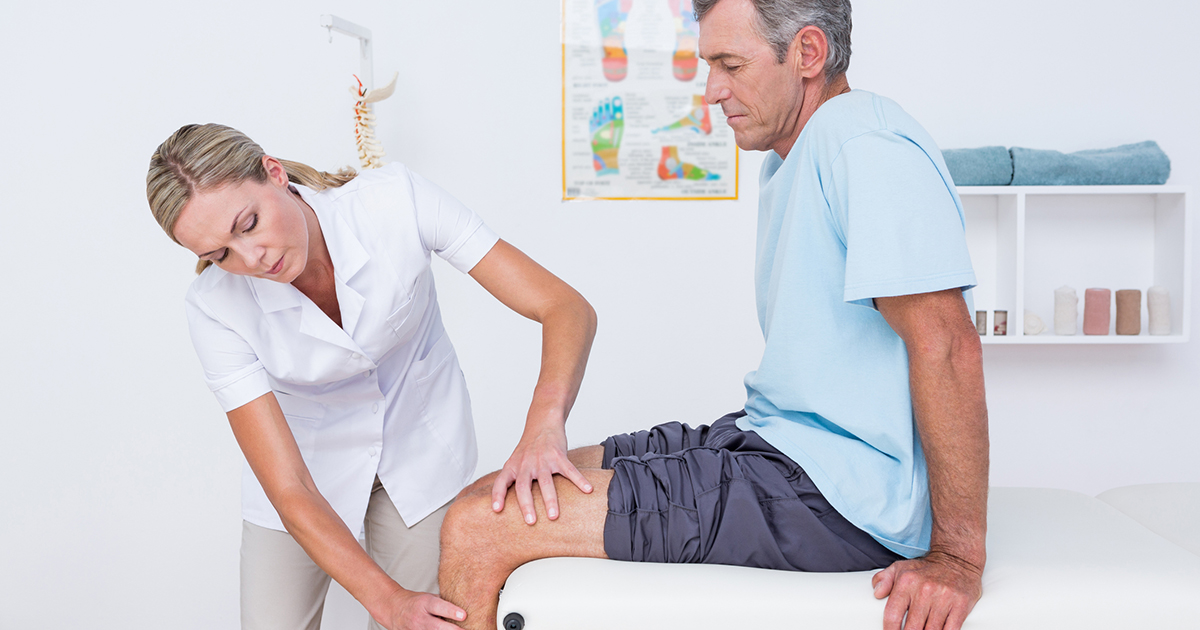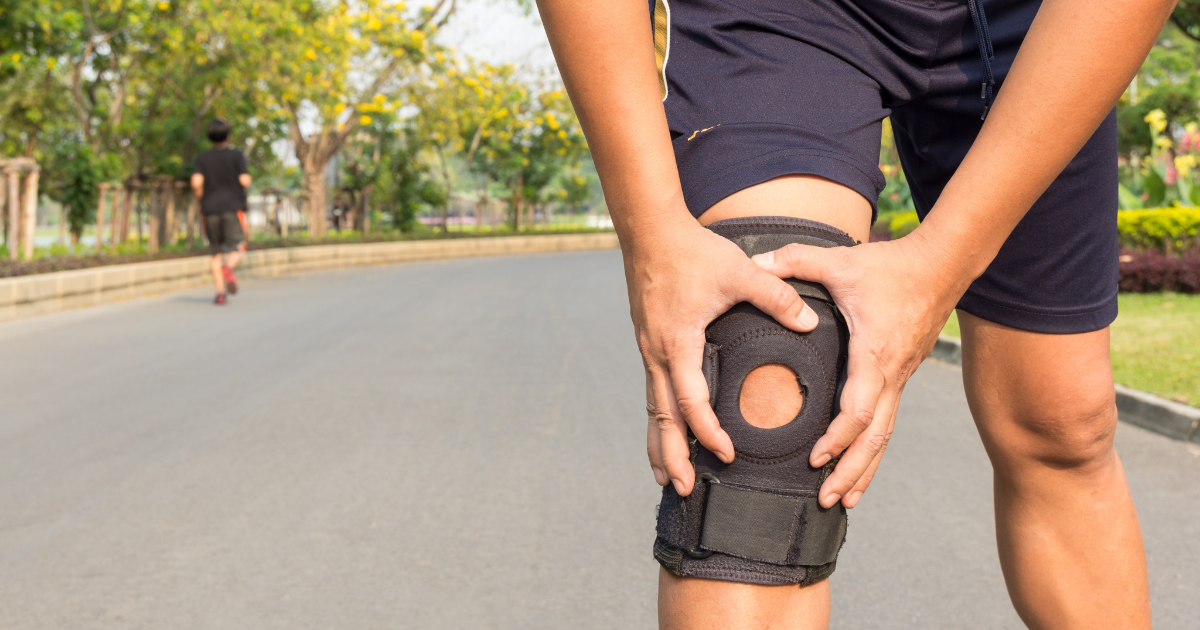Causes And Risk Factors Of A Baker's Cyst
Knee Joint Injury

Another factor that can increase inflammation and lead to a Baker's cyst is an injury to any portion of the knee joint. The two main bones of the leg come together to form the knee joint, with the kneecap loosely arranged in front. There is also connective tissue in the way of ligaments that keep the bones arranged properly. Falling directly on a knee, being hit in the side of the leg, or shifting the leg in the wrong direction, such as while playing certain sports, can all become risk factors for a knee joint injury and the further development of a Baker's cyst.
Torn Meniscus

Rotating the knee while it is in use can result in the tearing of one of the pieces of cartilage that cushion your leg bones where they meet at the knee. It more commonly occurs while playing certain sports, such as basketball, soccer, or football, though it can occur during any activity. A torn meniscus can result in pain, swelling, and a reduced range of motion in the knee. The swelling can lead to an increase in synovial fluid as the body attempts to protect the joint. Thus, a Baker's cyst can form. Even after your knee has healed following a tear in the meniscus, the injury can lead to osteoarthritis, another risk factor to Baker's cysts.
